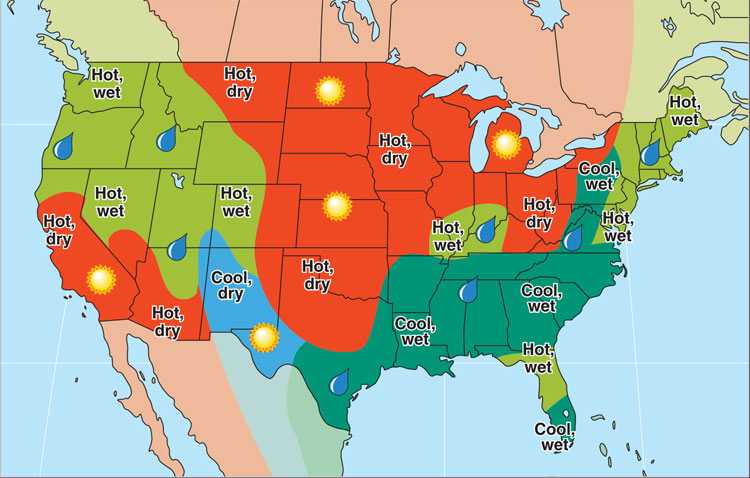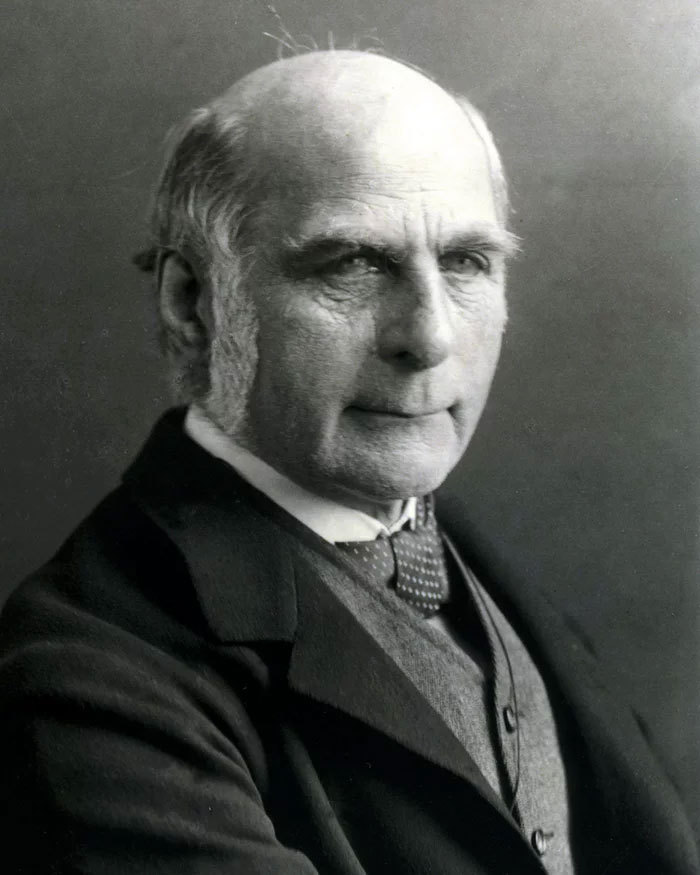How is the modern weather map created?
In the weather forecast programs, we are so familiar with meteorological symbols and temperature measurements, but it takes a long time for them to be born and systems like today.
The modern weather map in a newspaper first appeared in the Times on April 1, 1875, which was a philosopher Francis Galton's work , an adventurer and anthropologist, also a home statistics and meteorology.

The modern weather map first appeared on 1/4/1875.(Illustration).
The weather map is not currently for forecasting, but it describes the weather conditions of the previous day. This is called a composite chart , which summarizes the weather situation so readers can make their own predictions about the weather of the next day.
Galton's chart is not much different from today's modern weather maps. It also records temperature measurements in each area with broken lines that distinguish each region from each other, weather terms like "haze" or "heavy clouds" are also recorded in each area.
By the end of the nineteenth century, the system summarized the weather conditions around the globe, creating a standard rule for weather forecasting, although each place had different ways of doing things and was quite vague.
Galton used this method to document the events that took place, not anticipating the events that would occur, which made him avoid the mockery and made his charting system widely spread. nowadays.

Philosopher Francis Galton is the creator of the modern weather map used in weather forecasting programs.(Photo: Corbis / Getty).
This weather map is quickly received and all over the world in all types of media, people use this weather map to make the weather program more lively.
During this time, Galton also developed a theory of anti-cyclone . However, there is the fact that Galton is less known for its meteorological contributions than in eugenics, the social-biological movement advocating the use of methods to improve the genetic makeup of population.
- Who designed the modern weather forecast icons?
- Discover the 'birthplace' of modern people
- The universe follows the Eastern concept
- Create modern chickens with dinosaur legs for evolutionary research
- New discovery of the extinction of the Neanderthals
- Warning: cancer - modern disease
- Developed electric vehicle batteries that can heat themselves and charge quickly despite the cold winter
- Respect Russian engineers-generals with the invention of the first submarine, the first destroyer and electrochemical mines
- Video: Discover the oldest modern fossil outside Africa
- NASA launches the most modern weather satellite to date
- Free weather tracking software on Android
- New weather technologies help keep the aircraft safe during thunderstorms
 'Fine laughs' - Scary and painful torture in ancient times
'Fine laughs' - Scary and painful torture in ancient times The sequence of numbers 142857 of the Egyptian pyramids is known as the strangest number in the world - Why?
The sequence of numbers 142857 of the Egyptian pyramids is known as the strangest number in the world - Why? History of the iron
History of the iron What is alum?
What is alum?